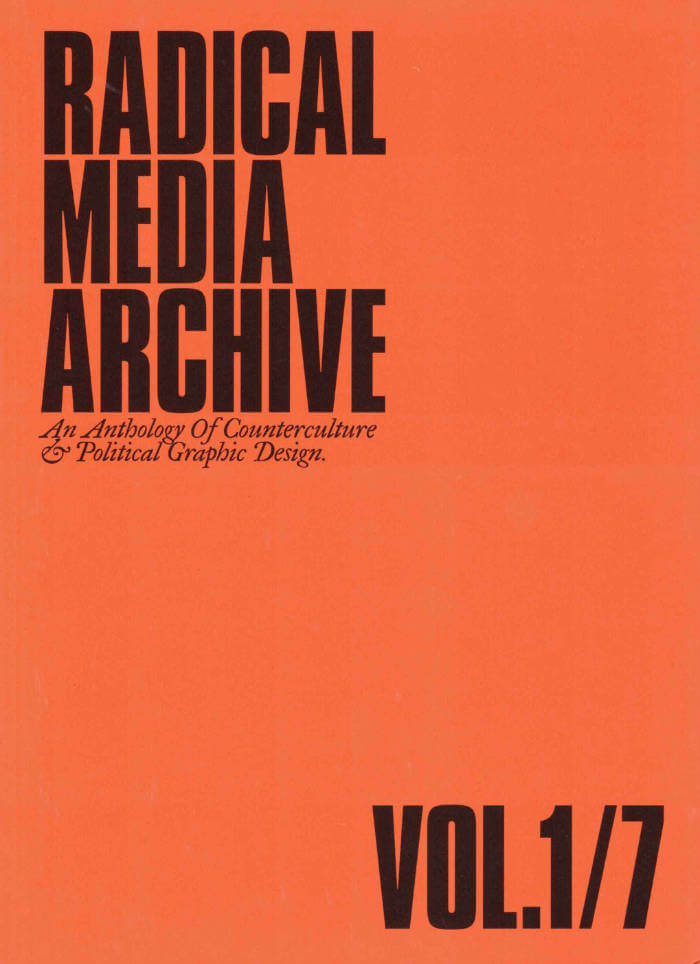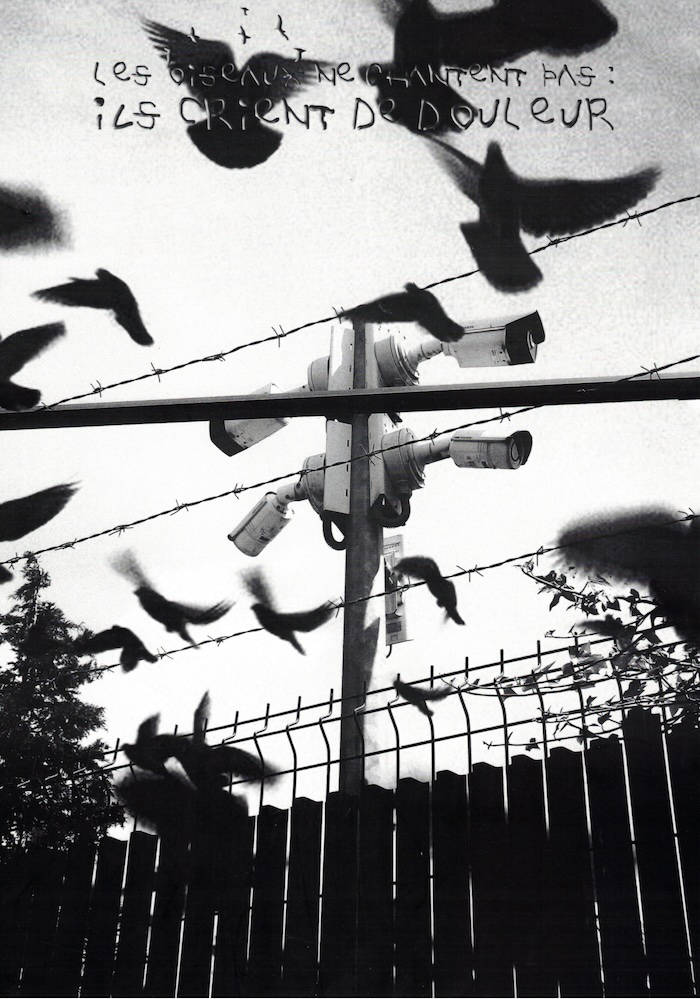
Graphic Design Is (…) Not Innocent
Ingo Offermanns ed.
Graphic Design Is (…) Not Innocent questions ingrained approaches, values and assumptions of graphic design in globalized societies. The publication aims to initiate a dialogue between designers, scholars, critics and commissioners, who investigate responsibilities, potentials, politics, limits and risks of designing visual communication. How innocent is graphic design? Whom is it addressing, whom is it in/excluding? What does it bring about? When defining the role and impact of visual communication, what future questions lie ahead?
Contributors: Karo Akpokiere, Christian Bauer, David Bennewith, Friedrich von Borries, Clémentine Deliss, Sandra Doeller, Daniel Martin Feige, Feminist Internet, Annette Geiger, Matthias Görlich, Anna Lena von Helldorff, Martin Ludwig Hofmann, Jianping He, Kay Jun, Anoushka Khandwala, Francisco Laranjo, Degeng Li, Eva Linhart, Madoka Nishi, Ingo Offermanns, Offshore, Sophia Prinz, Konrad Renner (Knoth & Renner), Conor Rigby (Feminist Internet), Isabel Seiffert (Offshore), In-ah Shin (Feminist Designer Social Club), Pierre Smolarski, Markus Weisbeck




